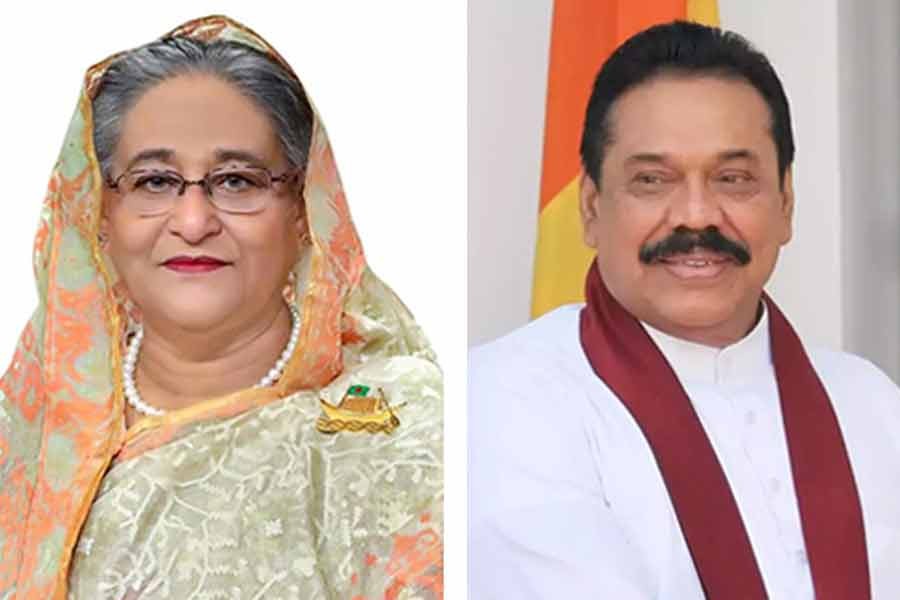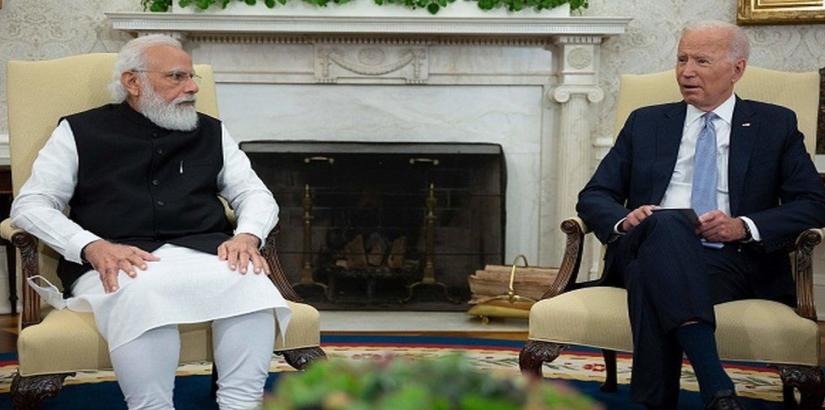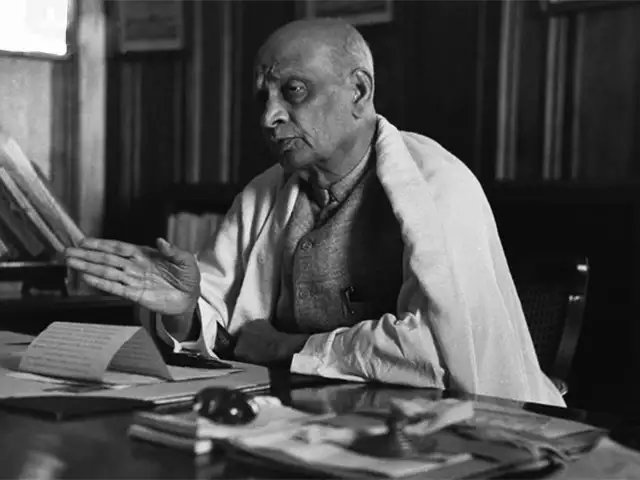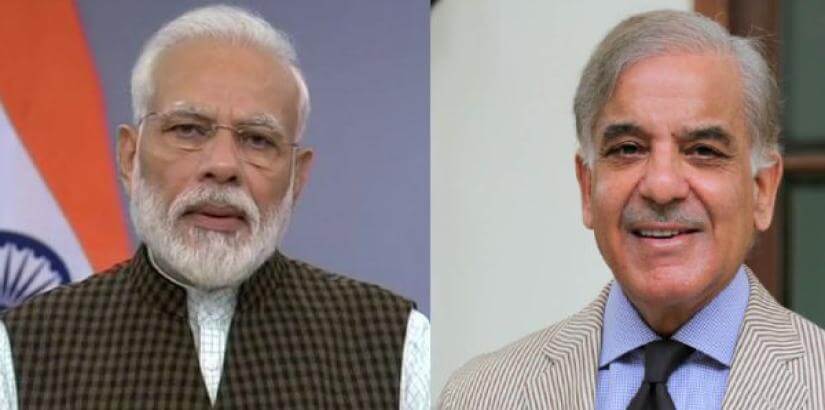Aashish Kiphayet
Sri Lanka is facing its worst economic crisis. Until some time ago, it was the most advanced economy in South Asia, with a per capita GDP of over $4,000. Ninety-five percent of Sri Lankans are educated. Their healthcare is the best in South Asia after Kerala in India. Sri Lanka was also a major tourist destination.
But over the years, Sri Lanka’s economy has been in deep crisis. The growing shortage of imported goods is ruining the lives of the people. The country has been going through a terrible food shortage. With foreign exchange reserves at an all-time low, it is safe to say they cannot meet the crisis by importing food from abroad.
The growing shortage of essential commodities has brought about an unprecedented catastrophe in public life. The foreign exchange rate of the Sri Lankan rupee was 190 to a dollar recently but has now risen to more than 300 rupees. Its foreign exchange reserves are fluctuating between $1 and $2 billion. Sri Lanka will have to repay $7.3 billion in interest within the next year. This means the country is on the verge of becoming ‘financially bankrupt’. The Rajapaksa family controls about 75 percent of Sri Lanka’s government budget.
Why the crisis?
First, the worst mistake that could have been made was to get political families to seize power. They brought democracy down to a point where, despite timely elections, there was no significant change or reform. No government has taken the initiative to institutionalize democracy, fundamental economic and social reforms or strengthen such institutions by ensuring accountability.
President Gotabaya Rajapaksa (also the Defense Minister), the Prime Minister and, until recently, the Finance Minister are three brothers. Relatives hold various ministries and important government posts. During Mahinda Rajapaksa’s second term as President, he had 40 members of his family in key government positions in addition to the cabinet. The formation of a family government is a major cause of the current crisis.
Second, in the last 15 years, Sri Lanka has undertaken several costly and ambitious projects, most of which are unnecessary and economically unprofitable. In 2009, President Mahinda Rajapaksa began to distance himself from India and leaned toward China. Considering Sri Lanka’s geopolitical location, a deep seaport came up at Hambantota under the Belt and Road Initiative (BRI), a ‘Chinese city’ near the seaport in Colombo and an airport in a forested area.
When the construction of the Hambantota seaport was completed, it was found that there was not enough demand for it. Sri Lanka was forced to lease it to China for 99 years after failing to increase port revenue. Colombo’s ‘Chinese city’ and airport project are in a similar predicament. At the same time, Sri Lanka raised a large amount of foreign debt through international sovereign bonds to accelerate the country’s GDP growth, the maturity of which will begin in 2022. Now Sri Lanka cannot afford to repay the bond. Therefore, Sri Lanka may have no way out of the ongoing crisis without reaching out to the IMF and the World Bank.
Unplanned projects
Third, unplanned project acceptance and indifference to important projects. For example, the demand for electricity in Sri Lanka is increasing at a rate of 8 percent per year. But since 2014, the country has not taken any initiative for a new power plant.
Fourth, in 2019, President Gotabaya Rajapaksa decided to reduce VAT and taxes. He reduced the rate of value-added tax (VAT) from 15 to 8 percent. He abolished the 2 percent Nation Development Tax and the Pay as You Earn system. As a result, the government’s revenue fell by 25 percent.
Fifth: Tourism is a major source of foreign exchange. The contribution of this sector to the GDP is about 10 percent. Another major source of foreign exchange is remittances. Before Covid-19, Sri Lanka earned about $12 billion from tourism and remittances. Post-pandemic, tourism and remittances have been badly hit.
Sixth: The hasty decision to introduce overnight organic farming is largely responsible for today’s situation. President Gotabaya Rajapaksa did not consult agriculturists and scientists. To reduce the pressure on foreign exchange reserves, the import of chemical fertilizers was banned and its use in agriculture was banned. As a result, food production in Sri Lanka fell by about one-third. Food prices rose.
Bangladesh, Sri Lanka
Sri Lanka’s total foreign debt is $33 billion. With a total population of 22 million, Sri Lanka has $1,650 per capita debt. On the other, the total debt of Bangladesh is $49.45 billion dollars. Since its total population is 169 million, the per capita debt is $292.11.
Sri Lankan’s remittances were $8.5 billion in 2020-21. Bangladesh’s remittances in that fiscal were $24.78 billion, almost three times more than Sri Lanka’s. But Bangladeshi population is about six times more than Sri Lanka’s. So, a large amount of foreign debt cannot be covered by showing the per capita debt calculation.
Experts have cited declining export earnings as one of the reasons for Sri Lanka’s crisis. At present, its export earnings are $8.5 billion. Bangladesh’s export income is $38.75 billion. In other words, the export income of Bangladesh is almost five times more than that of Sri Lanka. But Bangladesh is more populous than Sri Lanka.
Lessons to learn
Bangladesh’s economy is largely dependent on two basic sources of income: readymade garment exports and remittances. Naturally, the country’s economy is largely dependent on global market fluctuations. The importance on readymade garment exports dependence should not be underestimated. At the global level, any significant fluctuations in demand and prices could lead to a crisis for Bangladesh’s economy.
Remittances are another source of foreign exchange, which continued even during the epidemic and kept the economy stable. But it is also dependent on a handful of markets, especially the Middle East. Bangladesh needs to reduce this dependency and increase the efficiency of its staff, so they can earn more. This issue needs to be addressed urgently.
Mega projects have caused an economic decline in many countries. There is a general tendency in developing countries to rush into large-scale infrastructure projects to change the destiny of the people.
Mega projects
In Bangladesh, large investments have been made in mega projects. If we add the cost of the 10 biggest running projects, the total amount stands at more than $28,17,060 million; this is a huge amount. The question begs how does Dhaka raises funds and how rationally it uses them.
In this case, the amount of money borrowed is not the problem, but the utility and timely implementation of the projects is important. Bangladesh can reduce the debt burden by increasing the capacity and making the projects more efficient. But most megaprojects are not implemented on time. The duration and cost of the project are increased one to four times.
As a result, the overall cost of the project shoots up. In addition, delays in implementation reduce potential income opportunities. If Bangladesh considers corruption and waste, these push up costs even more. A project, especially a large one, has many branches. If there is no coordination, costs rise further and put additional pressure on the economy.
Bangladesh may not face the same situation as Sri Lanka in the near future, but it still has considerable weaknesses in its economy and good-governance processes. These demand special attention.
Also Read: Why Bangladesh won’t fall into a crisis like Sri Lanka, Pakistan?







